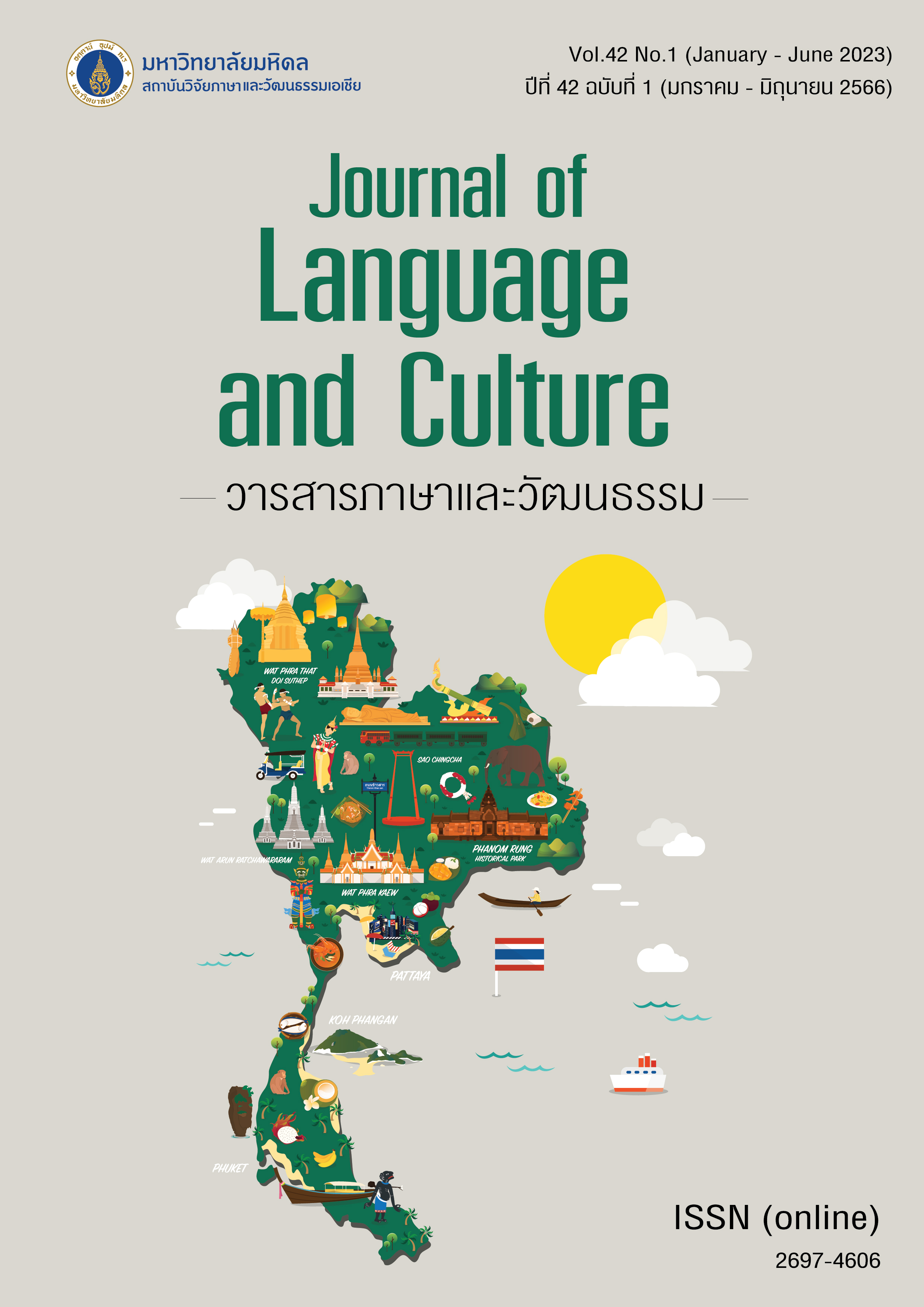Disneyfying atrocities – cultures and politics of remembering the Thai-Burma Death Railway: An analysis of Thai dark tourism
Main Article Content
Abstract
The main aim of the present research paper is to investigate this rather new phenomenon of ‘commodifying the dark’ and to address the question how, why, and with which consequences certain dark places have become touristic commodities. Since the turn from the 20th to the 21st century tourism research focuses on a rather ‘new’ touristic phenomenon: ‘dark’ or ‘thana tourism’, which describes touristic sites that are associated with death, disaster, atrocity and other forms of tragedies. These can be battlefields, prisons, torture camps, sites of genocides, or places of natural or man-made disasters. The Kingdom of Thailand is a very special case as far as dark tourism activities are concerned. Places of war crimes committed during World War Two on Thai soil, such as the Thai-Burmese Death Railway across the river Khwae in Kanchanaburi Province, got ‘touristified’ since the end of the war and are increasingly commodified and associated with ‘adventure, entertainment and staged horror’ by the international as well as the Thai tourist industry. The Thai-Burmese ‘Death Railway’ in Kanchanaburi Province was selected as site for the present study since the various memorials and museums relating to it are textbook examples for the commercialization and ‘touristification’ of wartime atrocities and crimes committed by soldiers of the Imperial Army of Japan, supported or at least tolerated by the then Thai and Burmese governments. However, the present study focuses solely on Thailand. The example of the Thai-Burma Death Railway fits into certain politics and cultures of memory, with which different visitor groups deal and react to in different ways – probably not always as intended or claimed, since the memorial sites in and around the city of Kanchanaburi target very diverse audiences.
Article Details
The articles featured in the Journal of Language and Culture (JLC) constitute academic works representing the viewpoints of the respective author(s). It is crucial to note that these opinions do not necessarily reflect those of the Editorial Board.
All articles published in JLC are released under the Creative Commons Attribution 4.0 International License (CC BY 4.0). This license grants permission for unrestricted use, distribution, and reproduction in any medium, provided proper credit is given to the original author(s) and the source.


